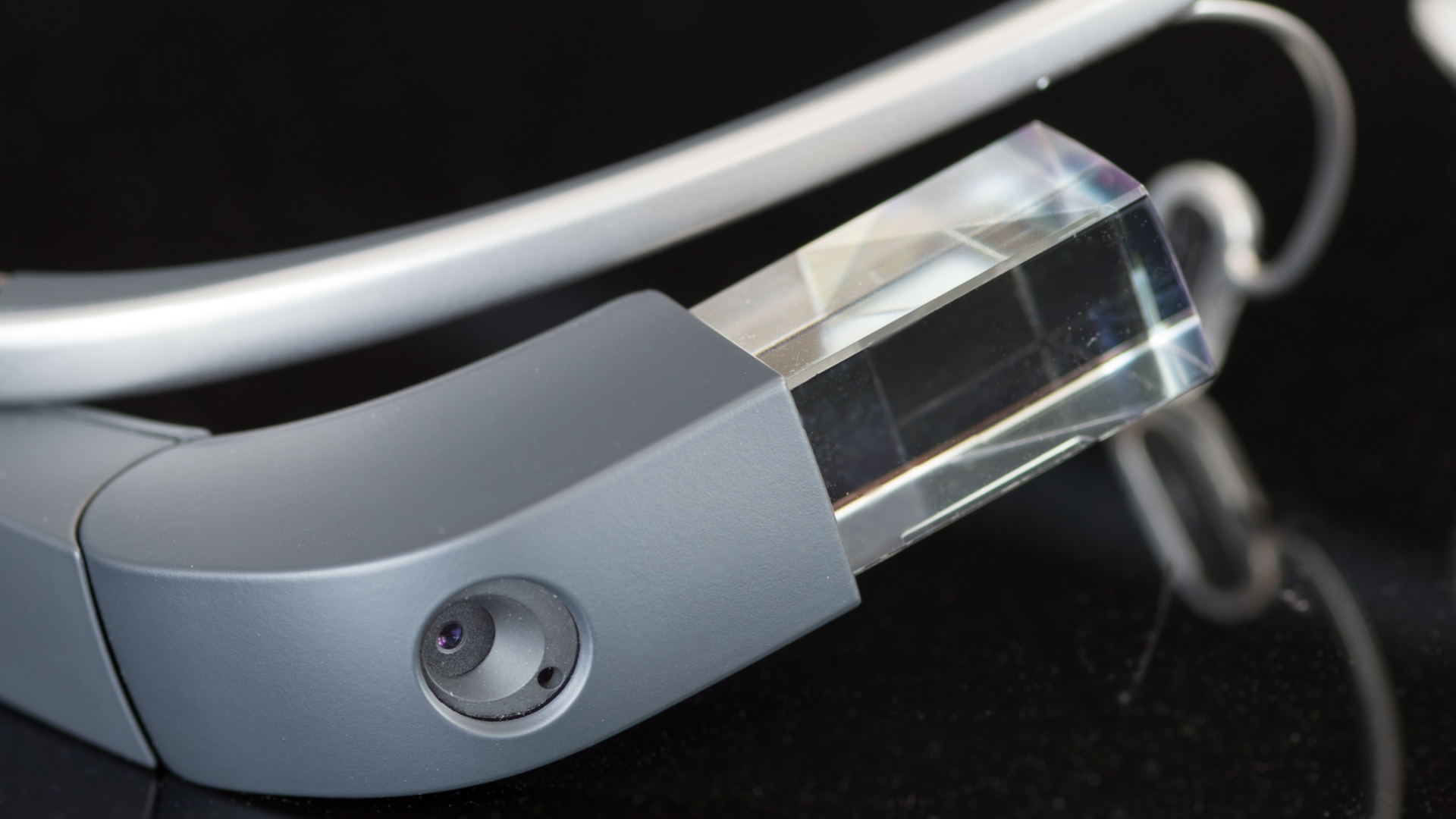Google Glass now being sold directly through resellers
The Glass Enterprise Edition 2 can be purchased from $999, but there are still no plans to distribute in the UK


Google has made the latest version of its augmented reality (AR) Glass headset, Google Glass Enterprise Edition 2, available for purchase directly through its resellers following its launch in May last year.
While it was originally only available through a select few workplace resellers, rising demand among developers and businesses keen to build new apps for the AR headset has led the company to make the it more widely available for direct purchase at a cost of $999.
The device, which is built on Android, has been designed to allow developers to integrate their services and APIs they already use. Google has also released a set of open source applications and code samples, including sample layouts and user interface components.
“Since Glass Enterprise Edition 2 launched last May, we've seen strong demand from developers and businesses who are interested in building new, helpful enterprise solutions for Glass," said Google’s Glass project lead, Jay Kothari.
“Glass Enterprise Edition 2 has helped people working in logistics, manufacturing, field services and a variety of other industries do their jobs more efficiently through hands-free access to the information and tools they need to do their job.
“We’re excited to see what kinds of new experiences and solutions developers will make for Glass to shape the future of work.”
The Glass Enterprise Edition 2 is built on the Qualcomm Snapdragon XR1 platform, featuring a significantly more powerful multicore CPU and AI engine than that which featured in the original device.
Stay up to date with the latest Channel industry news and analysis with our twice-weekly newsletter
The company said upon its launch that the latest edition of the AR unit allowed for significant power savings, greater performance levels and machine learning support.
Despite the increase in availability for the unit, there are currently no plans to distribute the device in the UK, according to a Google spokesperson.
Glass was first introduced in 2013 as an experimental piece of technology that displayed information in a smartphone-like hands-free form. After stumbling post-launch, the device found its niche in the enterprise space, with applications found in manufacturing and medicine, among other fields, with the enterprise edition launched in 2017.
It’s a similar journey to that of Microsoft’s mixed reality headset, the HoloLens. The AR device launched a couple of years after Google Glass, around about the same time as the first Glass Enterprise Edition, but Microsoft’s device was aimed squarely at the enterprise market upon launch. The firm, too, released a more refined version of the product last year.

Keumars Afifi-Sabet is a writer and editor that specialises in public sector, cyber security, and cloud computing. He first joined ITPro as a staff writer in April 2018 and eventually became its Features Editor. Although a regular contributor to other tech sites in the past, these days you will find Keumars on LiveScience, where he runs its Technology section.
-
 Trump's AI executive order could leave US in a 'regulatory vacuum'
Trump's AI executive order could leave US in a 'regulatory vacuum'News Citing a "patchwork of 50 different regulatory regimes" and "ideological bias", President Trump wants rules to be set at a federal level
-
 TPUs: Google's home advantage
TPUs: Google's home advantageITPro Podcast How does TPU v7 stack up against Nvidia's latest chips – and can Google scale AI using only its own supply?